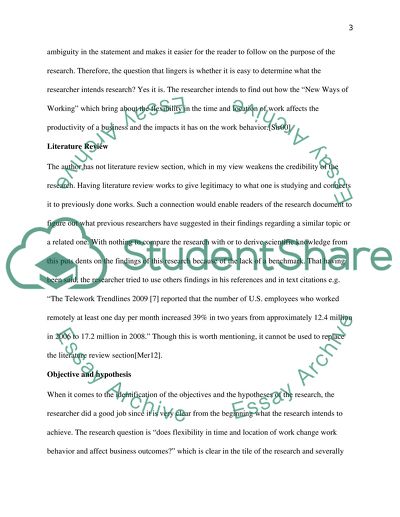Cite this document
(“Does flexibility in location and time affect behavior towards work Research Paper”, n.d.)
Retrieved from https://studentshare.org/statistics/1492752-critical-review
Retrieved from https://studentshare.org/statistics/1492752-critical-review
(Does Flexibility in Location and Time Affect Behavior towards Work Research Paper)
https://studentshare.org/statistics/1492752-critical-review.
https://studentshare.org/statistics/1492752-critical-review.
“Does Flexibility in Location and Time Affect Behavior towards Work Research Paper”, n.d. https://studentshare.org/statistics/1492752-critical-review.


